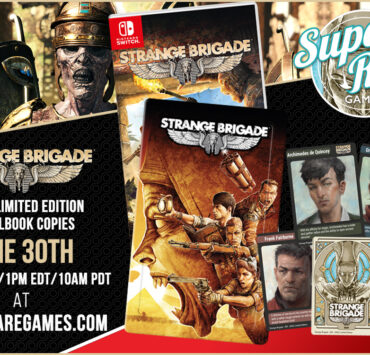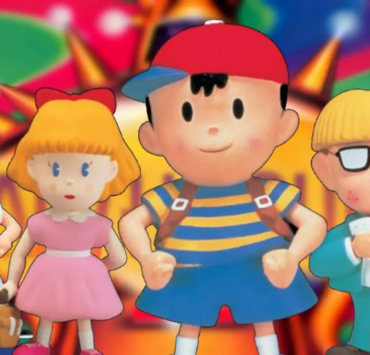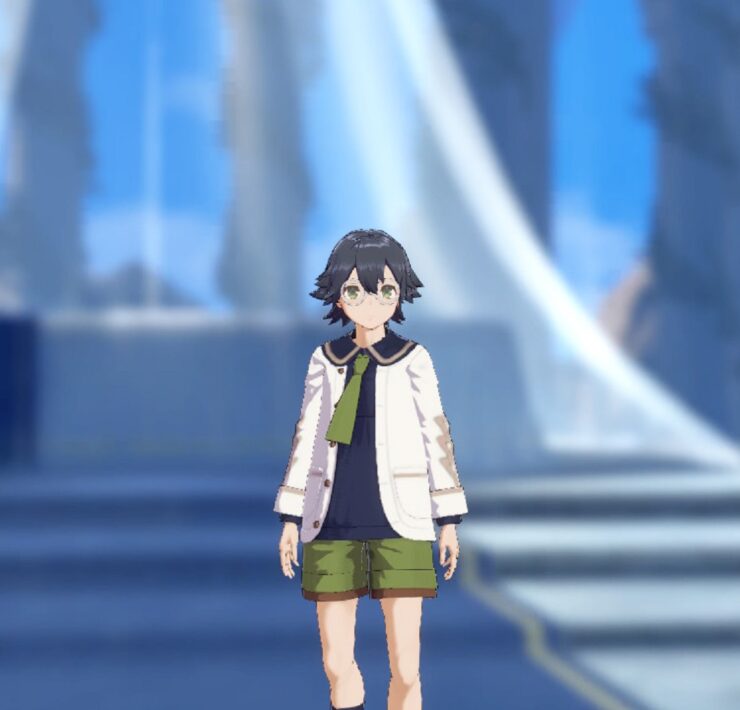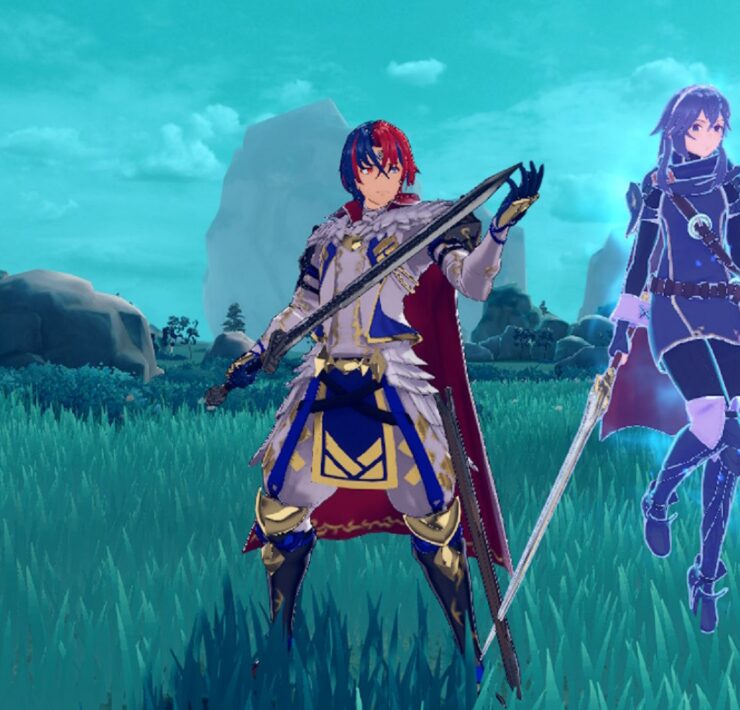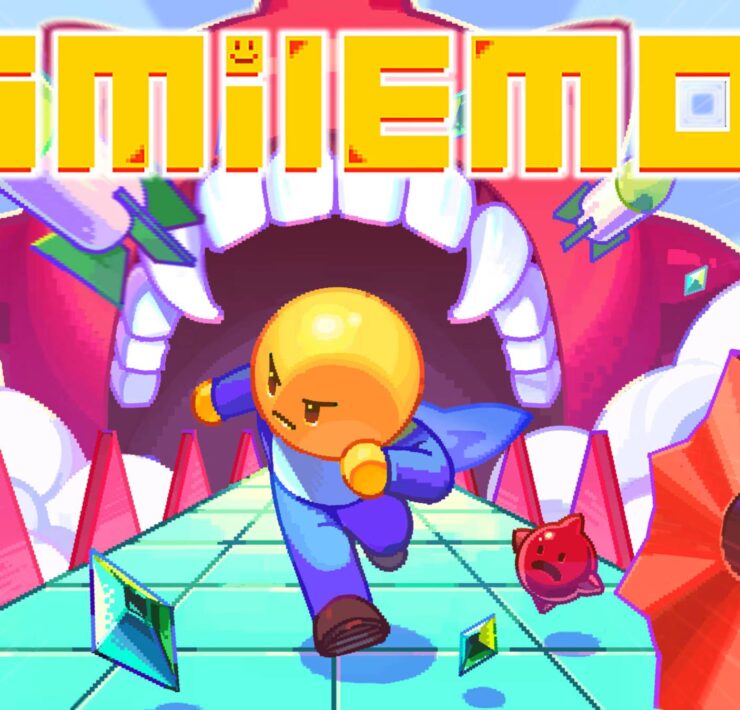Deltarune Nindie Spotlight – A Perfect Follow-Up to Undertale
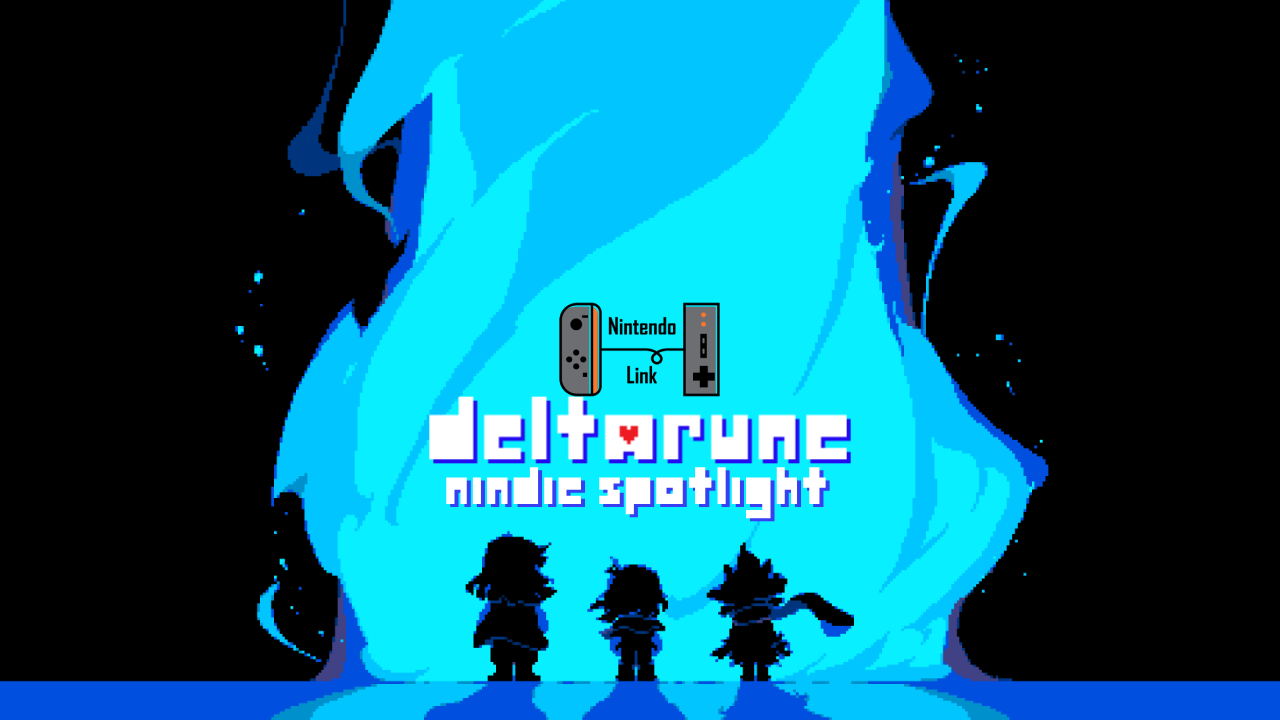
Following the release of one of the world’s most renowned indie games, Undertale, developer Toby Fox released the game’s much anticipated sequel, Deltarune Chapter 1, on the 31st of October 2018 and a subsequent second chapter on the 17th of September 2021. The game takes place after Undertale’s “true pacifist” ending (which can be obtained by killing none of the bosses or enemies you encounter) and follows silent human protagonist Kris on a quest with companion monsters Susie and Ralsie the prince of darkness. Together, you are attempting to stop the balance of light and dark flying out of order and the world plunging into chaos.
Now, let’s take a look at some of the top moments where Deltarune truly lives up to the legacy of its predecessor. I’m The Never Yak, and welcome to this week’s Nindie Spotlight!
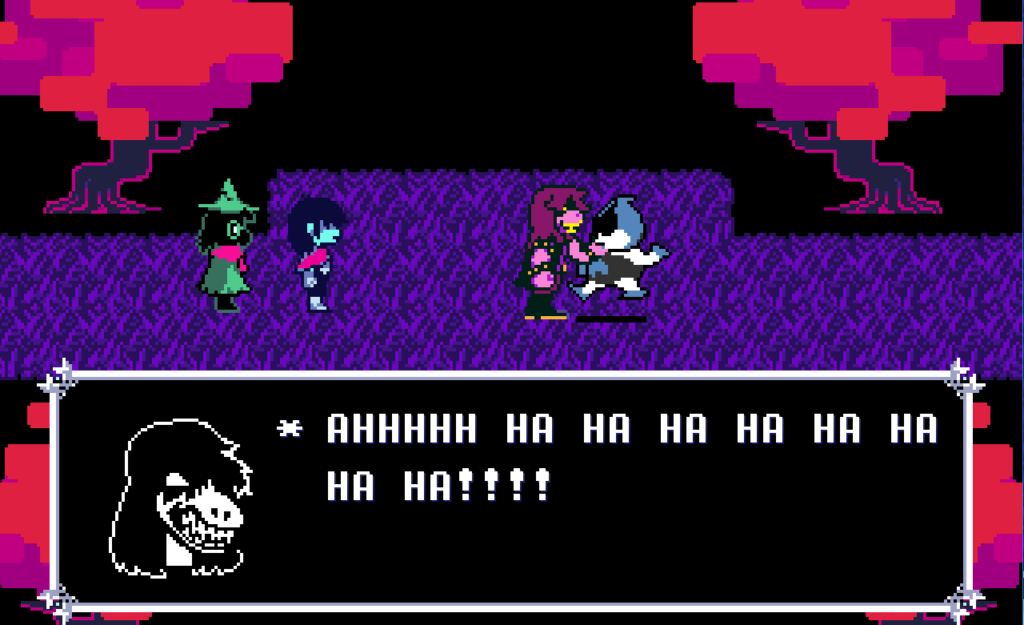
The Perfect Undertale Sequel
Yes, it really is true. I can’t think of a way that I could’ve been transported back to the first time I played Undertale in a more blissfully nostalgic way. Although Deltarune can technically be played without having completed Undertale beforehand, Deltarune will make consistent nods to it, such as incorporating Undertale‘s characters into the game, as they are set in the same world.
Essentially, the games have very similar set ups. You’ll move through the world fighting or sparing enemies, encountering exciting and colourful NPCs, and vibing to the one of the most awesome video game scores ever composed. However there are two key differences: The combat system, which I’ll touch on later, and the fact that, in stark contrast to Undertale, your choices don’t matter.
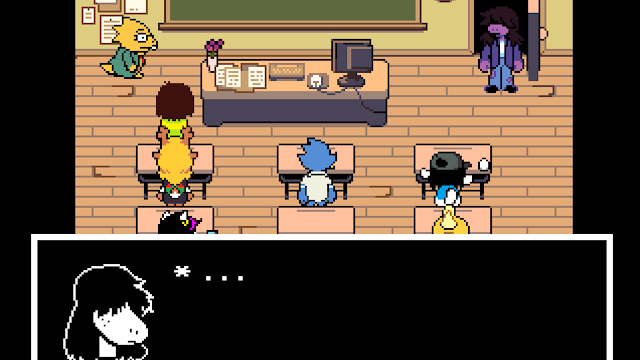
Spicing Up The Combat
If you’ve played Undertale, you’ll know how enemy encounters work. If not, I’ll explain quickly for you. When encountering an enemy, you will be faced with four choices. Fight, Act (which allows you to interact with an enemy), Item (allowing you to use an item such as food to heal or weapons to increase your stats), and Mercy. Although you can’t always use mercy to spare an enemy straight away, it will eventually become an option. The key point being this is an RPG where no one has to die, however you can brutally slaughter everyone if you’d prefer.
In Deltarune, Kris will predominantly be fighting alongside his friends Susie and Ralsie, who have a few extra abilities to help you out. Since you get to control all three characters on your turn, assuming none of them are down (dead), then it really encourages you to think tactically about each characters’ strengths and weaknesses and how you can compliment each one’s abilities. Although this did take a little bit of time to get used to, once I mastered it, I was tearing though my encounters at lightning pace and feeling awesome while doing it.
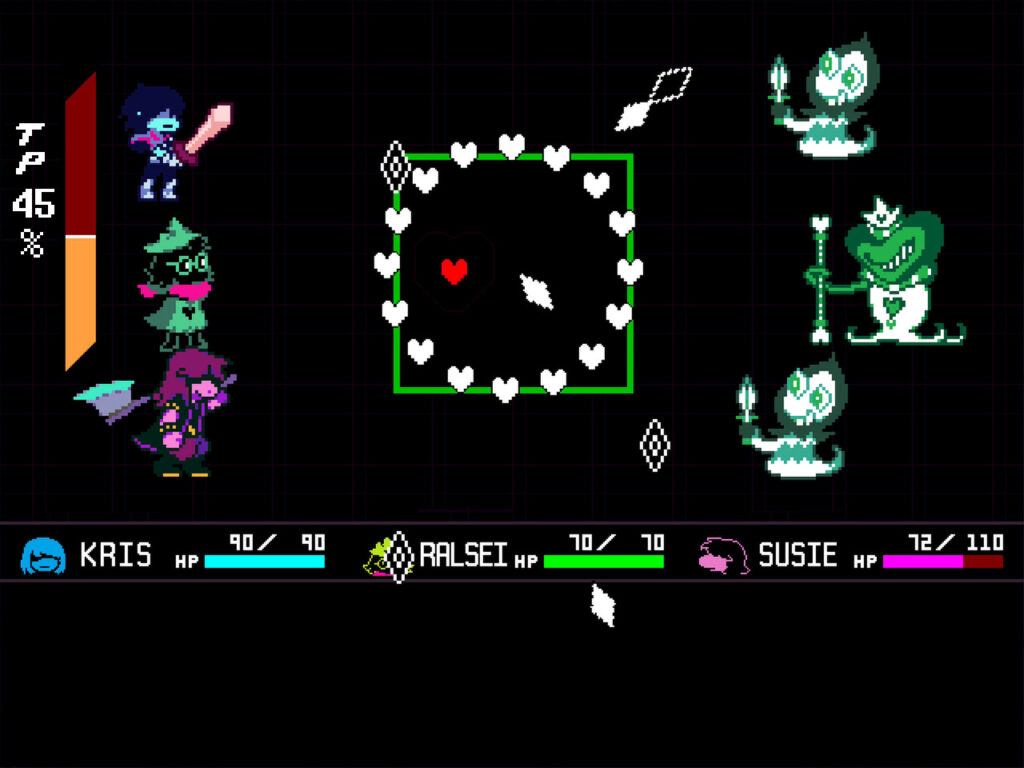
At the start of the game, gentle-hearted Ralsie will remind you that this is a world where no one has to die, you can be heroes without killing. Ultimately, this statement will drive the player to hurt as few creatures as physically possible. Who could say no to Ralsie’s adorable face?
This is interesting, firstly because Undertale doesn’t specifically tell you what you should be doing when facing enemies the first time you play, but even more so because as the game continues to remind you, your choices don’t really matter. So what difference would it really make?

Tip Top World Building
I think perhaps the biggest contributing factor of Undertale’s success is its sensational world building, and Deltarune follows through with that iconic trait beautifully. With a whole new cast of enticing NPCs with complex stories and witty dialogue, I must have spent at least an hour over the game’s core run time speaking to each and every one, even if what they said was completely random and had essentially nothing to do with the story.
Deltarune also upholds to fans standards of Undertale‘s vibrant pixel art and amazing soundtrack. Each colourful pixel builds a massively visually pleasing and almost instantly recognisable mosaic of wonder that I honestly couldn’t wait to explore every inch of. Accompanied, of course, by the absolute bop of Deltarune‘s epic soundtrack that kept me smiling all the way through, even when I was struggling with the game itself.
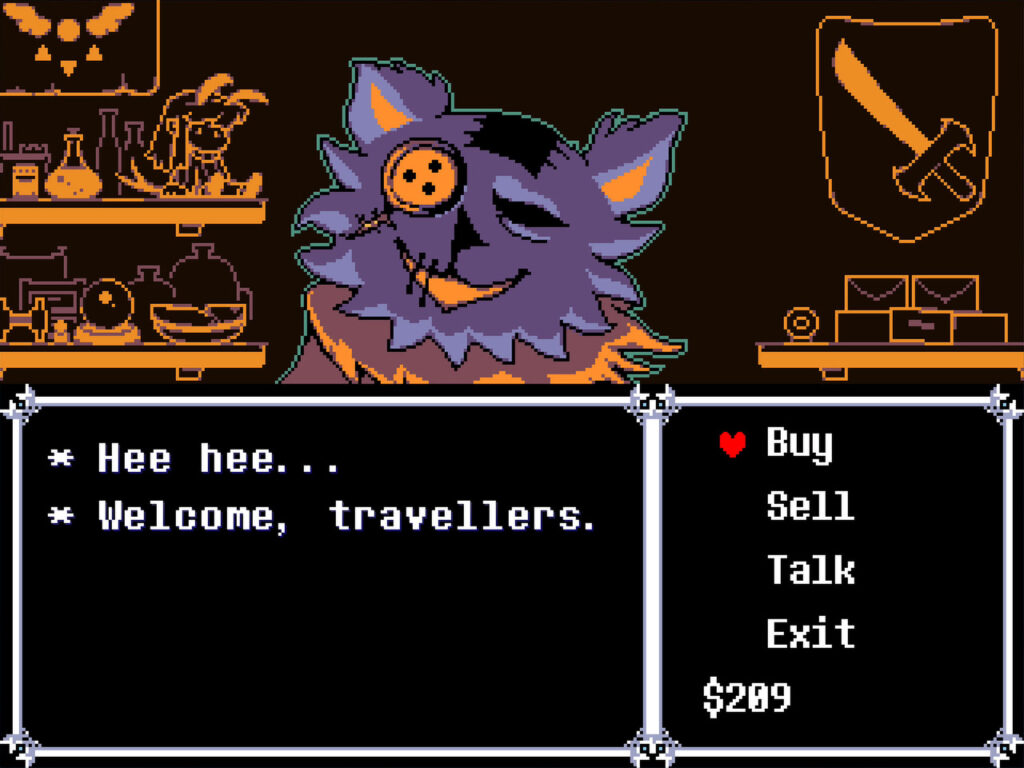
A Deeply Twisted Lore
Sometimes, among the cute monster characters and chipper tunes, it can be easy to forget that Undertale and Deltarune are actually really dark games. Toby Fox does a phenomenal job at slotting in just enough pieces of information that you can have a rough idea of what on earth really is going, while still desperately hopping on to Google to see what fans have made of certain parts of the game.
As I mentioned earlier, it is repeated throughout the game that the player’s choices do not matter. Although you can choose what you do at each encounter and occasionally contribute some dialogue options, players will all be receiving the exact same confusing and disturbing endings upon the completion of each chapter. Fans have speculated this could change in subsequent chapters, although to my knowledge that hasn’t been confirmed.
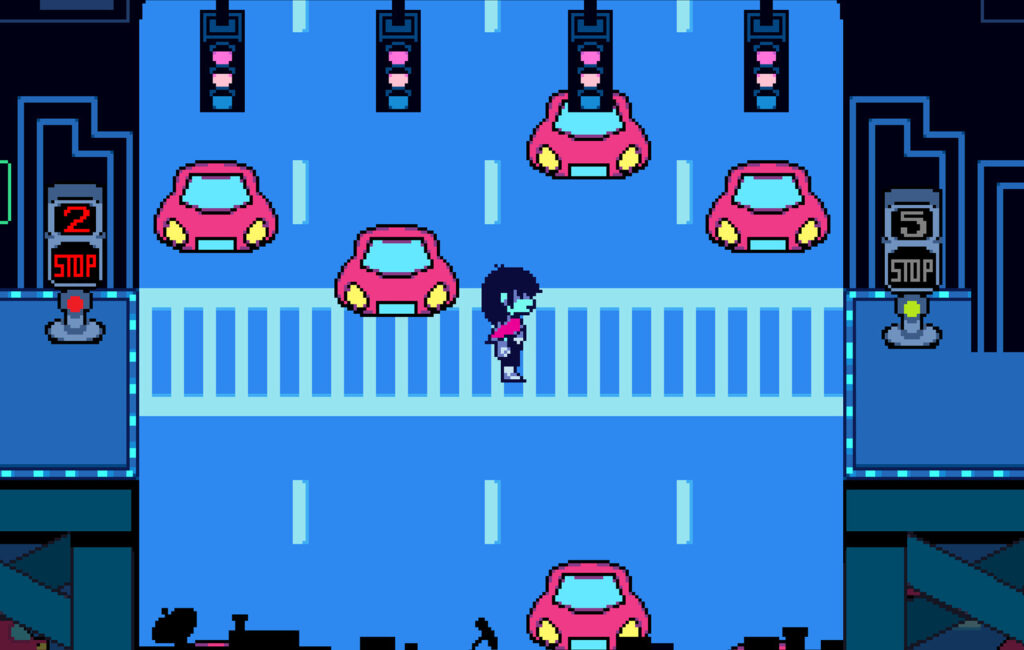
So there you have it, a little round up on the wonders of Deltarune! Stuffed full of all the vibrant charm and quirkiness that everyone would expect from an Undertale sequel. Since Delatarune chapter one and two’s play time only total at around 4 or 5 hours put together, I am, as I’m sure many other fans are, eagerly anticipating the hopeful release of a Deltarune chapter 3.
There is your Nindie Spotlight on Deltarune! Join us next time for another brief look into the Nintendo Switch’s best Nindie titles. What are some of your favorite indie games? Let us know in the comments below! Thank you for visiting Nintendo Link.






